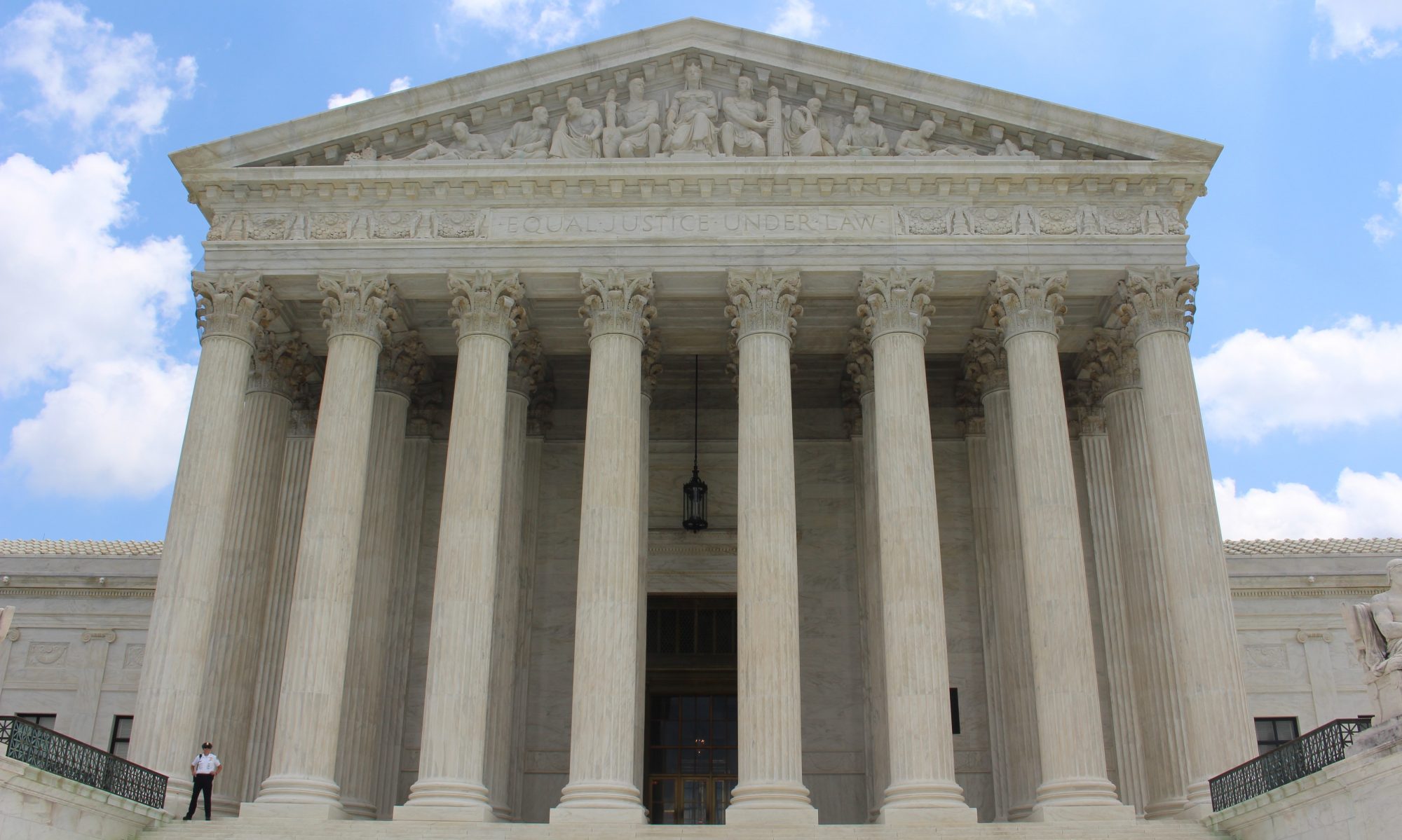“In this presentation, Senior Research Scientist Nan Stein, Ed.D., will discuss three main points related to the use of the label “bullying” in schools: the term “bullying” is imprecise and vague, and used as a default, a crutch, and a place holder; there is no agreement on the definition of “bullying,” and neither state laws nor researchers can agree on a common definition; and claims of effectiveness of classroom interventions/curriculum on bullying reduction are often inflated, exaggerated, and self-serving, and should be met with skepticism.”
Deborah L. Brake, School Liability for Peer Harassment After Davis: Shifting From Intent to Causation in Discrimination Law
“This essay seeks to explain the Davis v. Monroe County Board of Education case as an interpretation of discrimination that notably and correctly focuses on how institutions cause sex-based harm, rather than on whether officials within chose institutions act with a discriminatory intent. In the process, I discuss what appears to be the implicit theory of discrimination underlying the Davis decision: that schools cause the discrimination by exacerbating the harm that results from sexual harassment by students. I then explore the significance of the deliberate indifference requirement in this context, concluding that the standard, for all its flaws, is distinct from and superior to a search for discriminatory intent. The final section offers a brief analysis of what Davis could mean for discrimination law more broadly if courts seriously applied the insights embedded in the Davis case.”
Assessing Institutional Responsibility for Sexual Harassment in Education\
Jennifer Ann Drobac, Sex and the Workplace: “Consenting” Adolescents and a Conflict of Laws
“According to the Equal Employment Opportunity Commission, sexual harassment of adolescents at work may constitute a serious, but to date largely undocumented, problem. Courts respond inconsistently to adolescent “consent” in sexual harassment employment cases. This Article reviews state criminal statutory rape law, federal civil law, and tort law to reveal the conflicting legal treatment of adolescent capacity to consent to sex. It highlights conflicts not only between the criminal and civil systems, but also between sister states’ laws and laws within states. For example, this Article finds that despite criminal sexual abuse laws, courts permitted employers to use adolescent “consent” as a defense to sexual harassment in approximately fifty percent of the surveyed common law tort cases across the nation. After exploring the public policy goals for these various laws, this Article concludes that these goals do not justify the blatant conflicts between tort and criminal laws. This Article recommends both administrative and statutory reform to protect minors from the predation of adult supervisors and employers. Particularly, it recommends a strict liability standard in an approach that makes an adolescent’s consent to sex with an adult at work voidable by the minor.”
Civil Rights Without Remedies: Vicarious Liability Under Title VII, Section 1983 and Title IX
“The Supreme Court has taken an inconsistent approach to allowing vicarious liability under major civil rights statutes. In recent cases, the Court has permitted qualified vicarious liability for supervisors’ sexual harassment under Title VII, but rejected vicarious liability under Title IX. Earlier, the Court rejected vicarious liability for local governments sued under Section 1983. In this Article, Professors Fisk and Chemerinsky describe the Court’s inconsistent approaches and argue that they cannot bejustfied by the text or legislative history of these statutes. Professors Fisk and Chemerinsky argue that each of these statutes is meant to achieve the same purpose, deterring civil rights violations liability advances these goals, and that the Court, therefore, should interpret each of these important civil rights statutes to allow such liability.”
Delgado v. Stegall, 367 F.3d 668 (7th Cir. 2004)
Delgado v. Stegall, 367 F.3d 668 (7th Cir. 2004).
In this 7th Circuit decision, the court found that the student plaintiff “must prove actual knowledge of misconduct, not just actual knowledge of the risk of misconduct, and must also prove that the officials having that knowledge decided not to act on it.”
Liability for School Sexual Harassment Under Title IX: How the Courts Are Failing Our Children
A Typology and Critique of Title IX Sexual Harassment Law After Gebser & Davis
“Sexual harassment is not a new phenomenon. It has long been with us in harassment problem in colleges and universities, focusing particularly on the harassment of students by their teachers or by their peers. Special attention will be given to whether and how students may hold colleges and universities liable in court for money damages for a failure to protect them from harassment. Then, using such private causes of action by students as the centerpiece, this article will develop a typology of Title IX sexual harassment claims and of the variable contexts in which they may arise. Following the typology, the article will consider the implications for colleges and universities and offer some recommendations for managing them.”
Benefield v. Board of Trustees of the University of Alabama, 214 F. Supp. 2d 1212 (N.D. Ala. 2002)
Benefield v. Board of Trustees of the University of Alabama, 214 F. Supp. 2d 1212 (N.D. Ala. 2002)
Ruling that “to constitute sexual harassment, the behavior in question must be unwelcome.”
Chancellor v. Pottsgrove School District, 501 F.Supp. 2d 695 (2007)
Chancellor v. Pottsgrove School District, 501 F. Supp. 2d 695 (E.D. Pa. 2007)
Rejecting the OCR guidance as unworkable.
